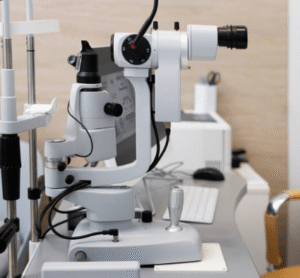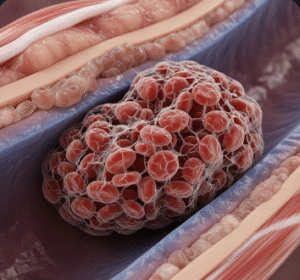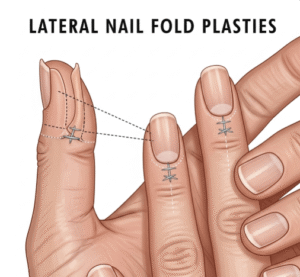Overview
Cri du chat syndrome, also known as 5p- syndrome, is a rare genetic condition caused by the deletion of a portion of chromosome 5. The name comes from the distinctive, high-pitched, cat-like cry that infants with the condition often produce. In Korea, while the condition is uncommon, medical genetics departments in advanced hospitals provide diagnostic and supportive care for affected individuals.
What is Cri du Chat Syndrome?
Cri du chat syndrome occurs when a segment of the short arm of chromosome 5 is missing. This deletion leads to developmental delays, intellectual disability, distinctive facial features, and sometimes heart or other organ defects. The severity varies depending on the size and location of the missing genetic material.
Symptoms
- High-pitched, cat-like cry in infancy
- Low birth weight and slow growth
- Intellectual disability and delayed development
- Small head (microcephaly)
- Distinctive facial features (round face, wide-set eyes, low-set ears)
- Hypotonia (low muscle tone)
- Behavioral challenges (hyperactivity, repetitive movements)
- Possible congenital heart defects and other organ anomalies
Causes
- Deletion of a portion of chromosome 5 (usually occurs spontaneously)
- Can rarely be inherited from a parent with a balanced chromosomal rearrangement
- Not caused by environmental factors during pregnancy
Risk Factors
- Parental carriers of chromosomal translocations involving chromosome 5 (rare)
- Advanced parental age may slightly increase the risk of chromosomal abnormalities
- Family history of Cri du chat or similar chromosomal conditions
Complications
- Feeding difficulties in infancy
- Speech and language delays
- Intellectual disability impacting education and independence
- Behavioral challenges
- Heart or kidney abnormalities requiring surgical or medical management
Prevention
- Cannot be prevented since it is a genetic condition
- Genetic counseling and prenatal testing can help high-risk families
- Preimplantation genetic diagnosis (PGD) during IVF may reduce risk for carrier parents
Treatment Options in Korea
Treatment is supportive and focuses on improving quality of life and maximizing development. Korean medical centers provide multidisciplinary care.
1. Diagnosis
- Chromosome analysis (karyotyping)
- FISH (fluorescence in situ hybridization) and microarray tests for smaller deletions
- Prenatal testing if family history exists
2. Early Intervention and Therapy
- Physical therapy to improve muscle tone and motor skills
- Occupational therapy for daily living and sensory integration
- Speech and language therapy for communication skills
- Special education programs and developmental support
3. Medical Care
- Pediatric cardiology for heart defects
- Regular growth and nutrition monitoring
- Behavioral therapy and medication if needed
4. Family Support and Counseling
- Genetic counseling for parents and family members
- Support groups and education programs to guide families













